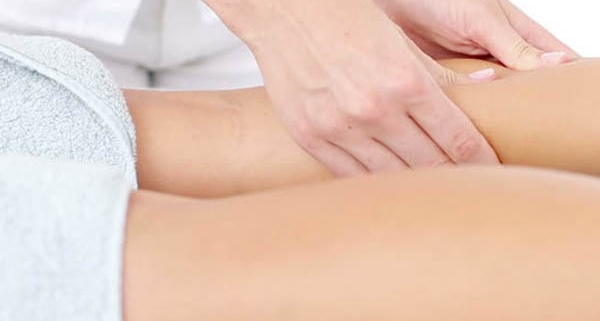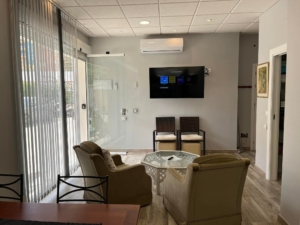What involves a physiotherapist examination?
It begins with your explanation of pain picture, a general examination, then a following deeper, more specific evaluation of the injury or pain nature of the problem. It is this that is the strength in a physiotherapist thorough and specific evaluation, in order to determine the cause of your problem.Naturally, it is the essence of all effective treatment to achieve the expected results. Only then can an adequate treatment selected.
Visually
After the initial medical history, I will look for the wrong position, deviation from normal posture. Muscle weakness and tension, can almost always explain postural deviations. Visual examination of soft tissue swelling and changes in muscle size (hypertrophy, atrophy) will give me an important diagnostic indication.
This part of the survey called postural ANALYSIS.
Palpation / sensing I will feel (palpate) if there is redness and swelling in the injured area. Sensing the local soft tissue and bone is always an important part of my investigation. Palpation of the muscles will always give me information about charges. malfunction (dysfunction) which will require appropriate treatment. This part of the survey called STATIC palpation.
Mobility / muscle test Is it impaired movement in the area of pain due. injury? Testing of segmental lockups between vertebrae and bevegelsesesutslag both passively and actively. Muscle function as strength and flexibility are paramount to determine which tendon / muscle that is causing the problem. It is certainly not always the area of pain and pain cause correspond to each other. This is called an orthopedic functional test or DYNAMIC palpation.
Neurological test A neurological examination is essential for final diagnosis. Testing of deep tendon reflexes, decreased feeling (sensibility) is required to localize nerve damage. Manual testing of muscle strength / weakness / pain provides additional information. This part of the survey called FUNCTIONAL Neurology.
Complimentary investigations X-ray, MRI; CT, Ulralydskanner (see info); investigation may be needed diagnostic aid. It can also provide information on the issue is outside my field. Medical history, static and dynamic palpation and neurological examination will give me information about the need for these supplementary investigations. If so, you will be forwarded for further examination or advisable to consult a physician or other appropriate person.










